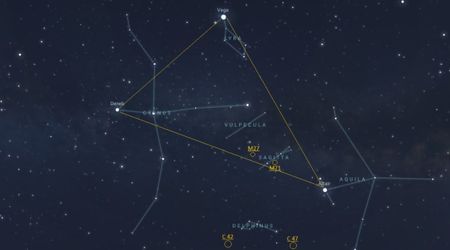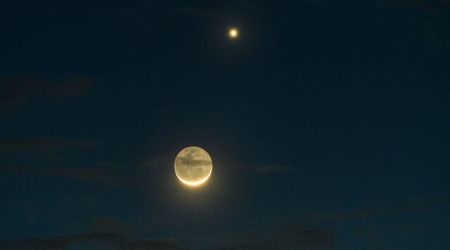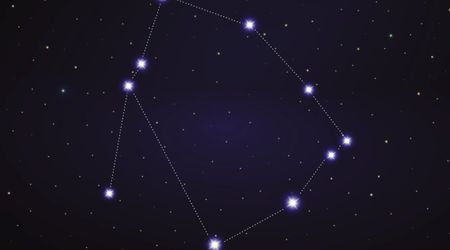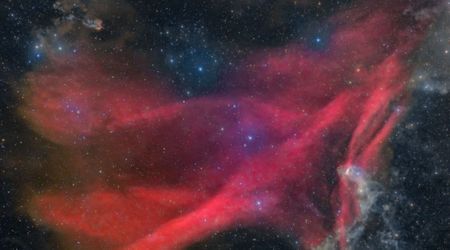Don't miss the rare conjunction of Venus and Jupiter on August 12
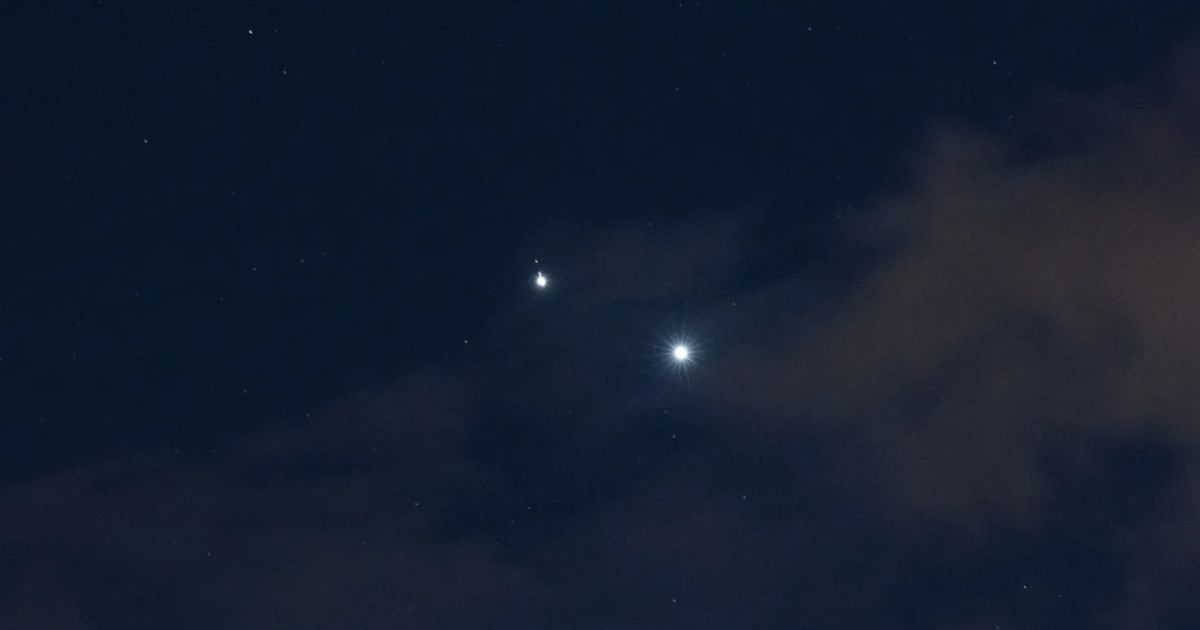
Stargazers are in for a rare treat as the two brightest planets in our solar system, Venus and Jupiter, prepare for a stunning close approach. The planets will appear to be separated by less than a degree on the morning of August 12, offering a brilliant spectacle visible to the naked eye. Skywatchers are advised to look towards the eastern horizon an hour before sunrise to catch the planetary pairing, as per Forbes.
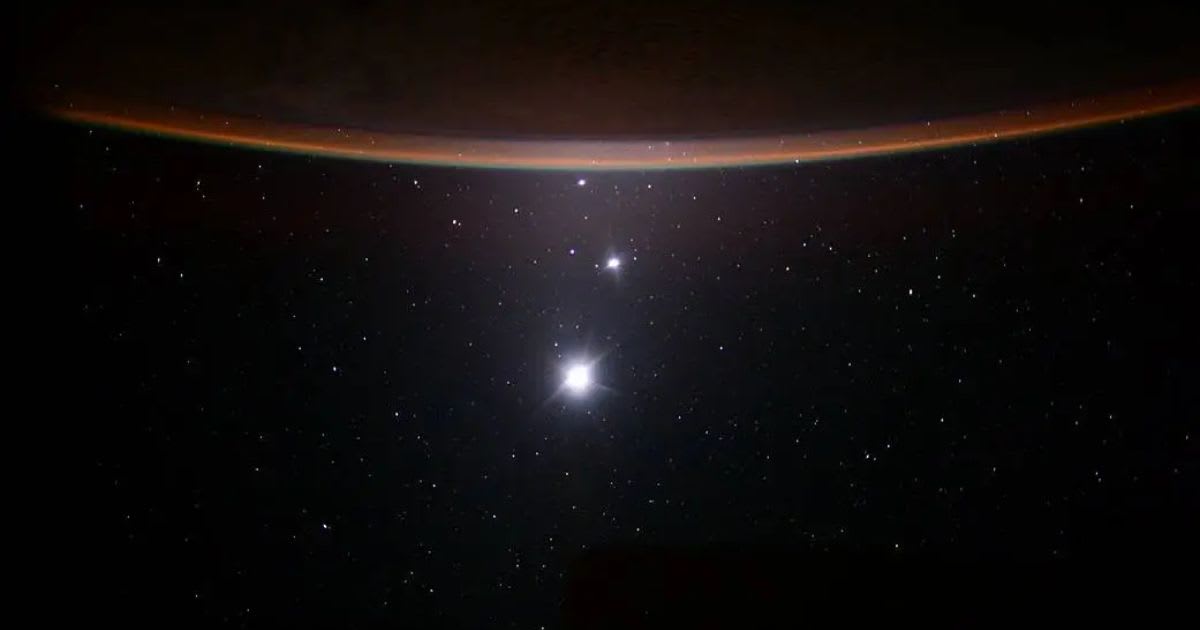
Planet Venus, which rises around 3 a.m. local time, has been climbing through the constellation Gemini throughout the month. It will soon meet Jupiter for this highly anticipated celestial event, according to Astronomy.com. While conjunctions between Venus and Jupiter happen periodically, this one is particularly noteworthy due to its excellent visibility. The planets will be a spectacular sight for several mornings leading up to and following the peak on August 12.

For those with a telescope, Venus's appearance will change over the month. Early in August, it will show a 75% illuminated disk, which will expand to 84% by the end of the month as the planet's distance from Earth increases. The next observable close conjunction of these two planets will not occur until November 2028, making this month's event a must-see for astronomy enthusiasts and casual observers alike. The crescent moon will also join the cosmic display on August 19, appearing just above Jupiter, followed by a close pass with Venus on August 20.
While stargazers are preparing for the upcoming Venus and Jupiter conjunction, another celestial event, the Perseid meteor shower, is set to be less spectacular than usual. The shower, active from July 17 to August 23, is normally a highlight for observers in the Northern Hemisphere, known for its swift, bright meteors. Unfortunately, this year's peak, expected on the night of August 12-13, coincides with a bright, waning gibbous moon. This intense lunar light is predicted to significantly reduce visibility, potentially obscuring up to 75 percent of the meteors.

Under optimal conditions, the Perseids typically produce a dazzling display of 50 to 75 meteors per hour. These meteors are fragments of debris from Comet 109p/Swift-Tuttle, which burn up in our atmosphere. The shower gets its name from the constellation Perseus, where the meteors appear to originate. Despite the challenging viewing conditions, enthusiasts may still be able to catch the brightest meteors streaking across the sky.
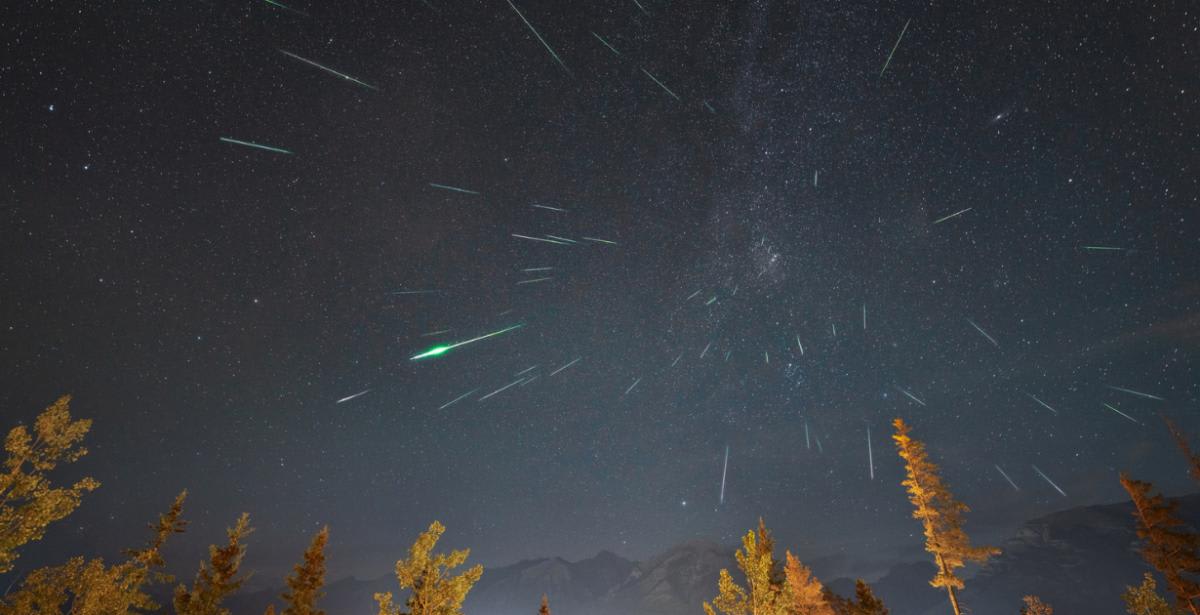
You can still maximize your chances of spotting the Perseid meteor shower. The most crucial step is to get away from city lights. Seek out rural areas, local parks, or any spot with minimal light pollution. If that's not possible, simply turning your back to streetlights can improve visibility. Give your eyes at least 15 minutes to fully adapt to the darkness. During this time, avoid looking at any bright screens, especially your phone, as this will reset your night vision.
Position yourself in a location with a wide, unobstructed view of the sky. Avoid areas blocked by tall trees or buildings. Leave your binoculars and telescopes at home. These tools restrict your field of vision, and the Perseids can appear anywhere in the sky. Your naked eye is the best tool for this event. Use a stargazing app to help you locate the constellation Perseus, the shower's point of origin. While the meteors will appear to radiate from this point, remember to scan the entire night sky.
